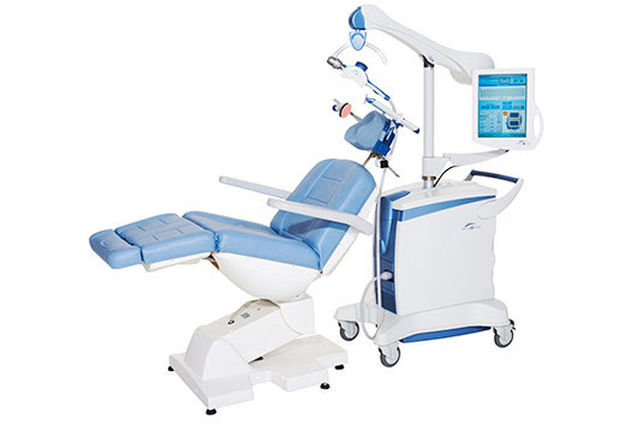Transcranial Magnetic Stimulation Effective for Major Depressive Disorder, Generalized Anxiety Disorder

The lifetime prevalence of major depressive disorder (MDD) is nearly 20%, and up to half of individuals diagnosed with the disorder do not respond to first-line treatment.1 A case of MDD is considered treatment-resistant once the patient has been taking an antidepressant for at least 6 weeks with no improvement in symptoms.
Treatment-resistant depression (TRD) is associated with increased depressive symptoms and more severe educational, occupational, and social functioning, and patients with TRD “are at greater risk of hospitalization for their psychiatric illness, are more likely to abuse drugs and alcohol, and at increased risk of attempting suicide,” according to the National Alliance on Mental Illness (NAMI).
One alternate, non-invasive approach is transcranial magnetic stimulation (TMS), which was approved in 2008 by the FDA as a treatment option for MDD patients who do not respond to treatment with at least 1 antidepressant medication. Unlike electroconvulsive therapy (ECT), which uses generalized electrical stimulation, TMS targets specific sites in the brain to stimulate nerve cells in those areas. Experts believe the specific approach of TMS may reduce the chance of side effects that can result from ECT.
A recent study presented at the 2016 Annual Meeting of the American Psychiatric Association (APA) in Atlanta, Georgia, investigated the effects of TMS on depressive symptoms in a private practice setting.3 The sample included 123 patients (67.5% female) with MDD who had not responded to an average of 3.9 treatment attempts with antidepressants. The mean number of TMS sessions that patients received was 40.8.
Following the acute phase of treatment, patients demonstrated a 76.4 to 78.8 response to treatment as indicated by their Beck Depression Inventory (BDI-II) and Patient Health Questionnaire PHQ-9) depression scale scores, and no notable adverse effects occurred during or after treatment. Remission rates were between 52.5 and 72.4, and of these patients, an 80% long-term remission rate was observed among those available for follow-up assessments over a period of more than 4 years. “These findings further establish TMS as a safe, effective and durable treatment option, both acutely and on a continued basis, for those who suffer from a high degree of symptom severity and/or do not gain relief from antidepressant medications,” concluded the authors.
The same team presented additional findings on the efficacy of TMS in 20 patients with a primary diagnosis of generalized anxiety disorder (GAD) per the DSM-IV and DSM-5.4 The patients were treated with right-sided TMS on the right dorsolateral prefrontal cortex only. The primary and secondary outcomes were post-treatment response and remission rates based on patients’ post-treatment Beck Anxiety Inventory (BAI) and BDI-II scores compared with their baseline scores.
After the acute treatment phase, 70% of patients showed a 50% improvement in BAI scores, and 60% of patients had scores indicating remission. In terms of BDI scores, the response rate was 80%, and the remission rate was 70%. Follow-up assessments found that the observed benefits were maintained in the long term. Additionally, results of a retrospective evaluation suggest that TMS is also an effective treatment option for GAD patients with comorbid MDD.
Read the article bellow by clicking the link:


